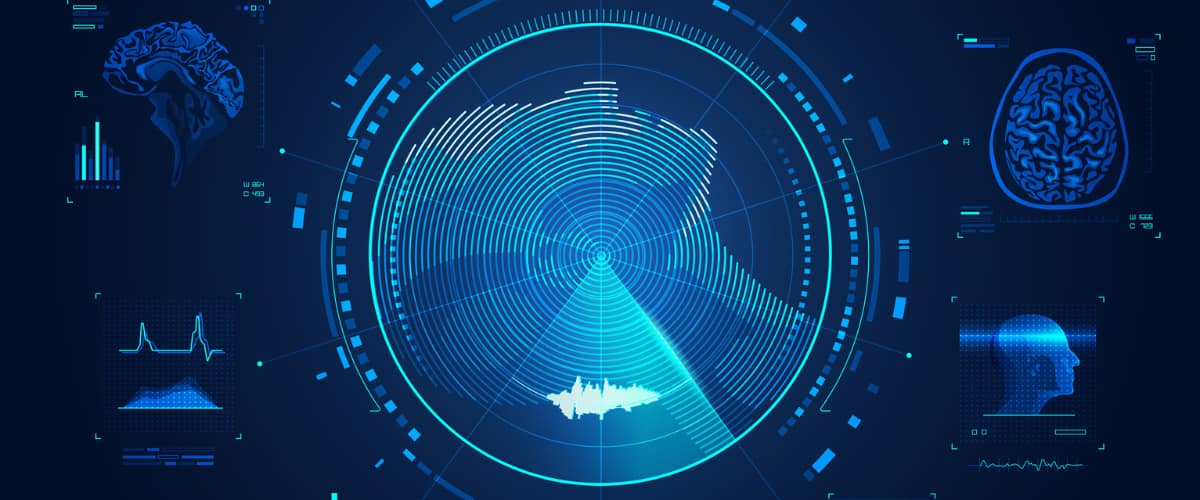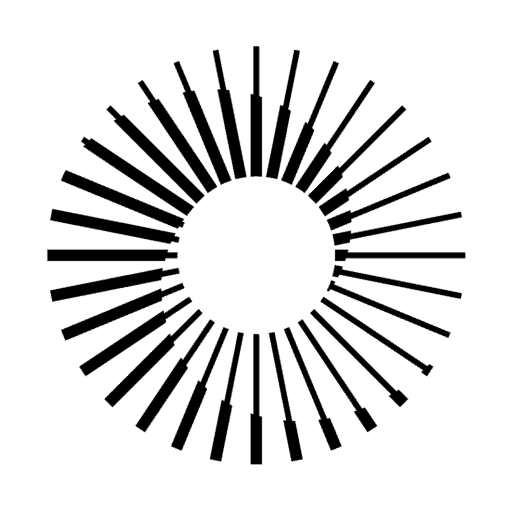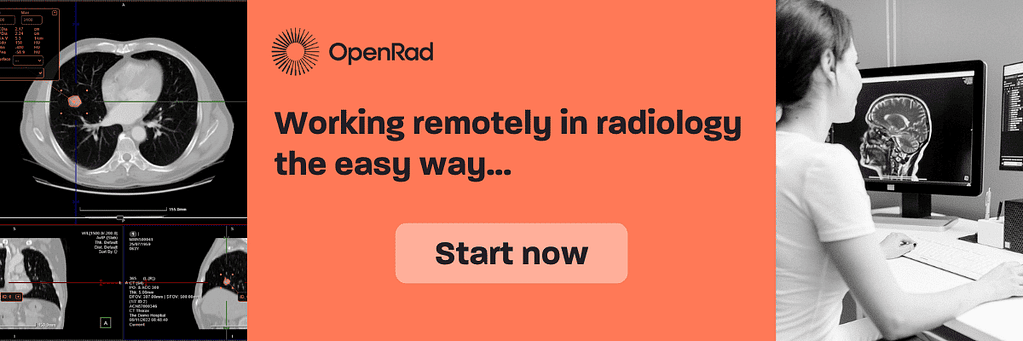Advanced visualization techniques have revolutionised the way medical professionals diagnose and treat various conditions. Let’s explore advanced visualization in more detail.
📖 Author: Emmanuel Anyanwu | Alberta Health Services, Canada
The world of radiography has undergone a remarkable transformation over the past few decades, and a lot of this can be attributed to advanced visualization techniques that have revolutionised the way medical professionals diagnose and treat various conditions.
Advanced visualization (AV) in radiology refers to the use of cutting-edge technologies and tools to enhance the interpretation of medical images, enabling more accurate diagnoses and improved patient care.
AV in radiology involves the utilisation of specialised software, hardware, and techniques to manipulate and display medical images in three-dimensional (3D) formats.
It goes beyond traditional two-dimensional X-rays and provides healthcare professionals with a comprehensive view of anatomical structures, allowing for better analysis and interpretation of medical images.
Applications of advanced visualization
- Diagnostic radiology: One of the primary applications of advanced visualization is in diagnostic radiology. It aids radiologists in detecting and characterising various medical conditions such as tumours, fractures, and vascular abnormalities. The ability to view images in 3D helps in precise diagnosis.
- Surgical planning: Surgeons use advanced visualization to plan complex surgeries. By creating 3D reconstructions of a patient’s anatomy, surgeons can map out the procedure, identify potential challenges, and develop more effective strategies for a successful outcome.
- Medical education: AV tools are valuable in medical education. They enable students and healthcare professionals to study and understand complex anatomical structures in greater detail, fostering better learning and skill development.
- Interventional radiology: Interventional radiologists use AV to guide minimally invasive procedures such as catheter placements, embolisation, and ablations. Real-time 3D images help ensure precision during these procedures.
Radiology professor at Mayo Clinic in Rochester, Minnesota/USA, Bradley Erickson, MD, PhD, says, “Advanced visualization is used as a step-in planning endovascular procedure. They are starting to create custom grafts based on measurements from a CT angiogram. For instance, we can measure the size of the aorta at various points as well as where important vessels branch-off the aorta so that a company can then make a custom graft that matches that particular patient’s anatomy. And without that ability to make those unique patient measurements, [that customisation] really isn’t feasible to do. If the endovascular graft has a branch point that’s not where the patient’s branch point is, then it doesn’t do any good.”
Types & tools of advanced visualization
- Virtual Reality (VR): VR technology immerses users in a virtual medical environment, allowing them to interact with 3D medical images. It is particularly useful for surgical planning as it provides a realistic, immersive environment for visualisation.
- Multi-Planar Reconstruction (MPR): MPR allows radiologists to view images from multiple angles and planes, enhancing the understanding of complex structures. It is particularly helpful in orthopaedics and neurology.
- Artificial Intelligence (AI): AI-powered algorithms are increasingly used to assist in image interpretation. Machine learning models can identify patterns and anomalies in medical images, aiding in early diagnosis and reducing the workload on radiologists.
- Volume Rendering: This technique creates 3D representations of structures by combining multiple 2D images. It is especially valuable for visualising vascular structures and internal organs.
Advantages of advanced visualization
- Enhanced diagnosis: AV tools provide a more comprehensive and accurate understanding of patient conditions, leading to earlier and more precise diagnoses.
- Improved treatment planning: Surgeons can plan procedures with greater precision, reducing the risk of complications and improving patient outcomes.
- Education & training: Medical professionals and students can benefit from AV tools for learning and skill development, ultimately leading to better patient care.
- Patient communication: 3D visualisations make it easier for healthcare providers to explain conditions and treatment options to patients, promoting informed decision-making.
- Time & cost efficiency: By reducing the need for exploratory surgeries and repeat imaging, AV can save both time and resources.
The future of advanced visualization in radiology
The future of AV in radiology holds even greater promise. As technology continues to evolve, we can expect:
- More AI integration: AI algorithms will become increasingly sophisticated, aiding radiologists in detecting subtle abnormalities and automating routine tasks.
- Improved accessibility: As the technology becomes more affordable and user-friendly, smaller healthcare facilities will adopt advanced visualization tools, expanding their availability.
- Telemedicine applications: AV will play a crucial role in telemedicine, allowing remote specialists to collaborate on diagnoses and treatment plans.
- Personalised medicine: Advanced visualization will enable the tailoring of treatments to individual patients, improving treatment efficacy and minimising side effects.
Advanced visualization represents a transformative shift in medical imaging, offering numerous benefits to both patients and healthcare providers.
With the continued development of innovative tools and technologies, it is poised to become an indispensable part of modern healthcare, contributing to more accurate diagnoses, improved treatment outcomes, and enhanced medical education.
As we look to the future, the integration of AI and other cutting-edge technologies promises to further revolutionise the field of radiology, bringing us closer to the goal of personalised, patient-centric care.
—
What are your experiences with advanced visualization? Share it via the comment section below.
Want to join a great team? Check out our careers section. We are always looking for outstanding talent—from application specialist to software developers.
📷 Photo credits: daniela-mueller.com


